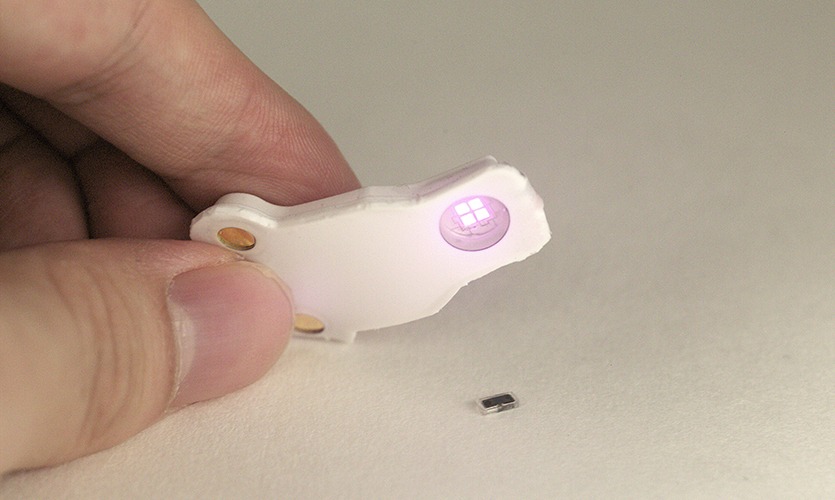Exploring the Role of Ablation in Interventional Oncology: Advancements in Cancer Treatments
Dr. Sumit Sharma, HOD & Consultant - Interventional Radiology, HCG Cancer Centre, Kolkata In the rapidly evolving field of oncology, interventional techniques have become crucial in the fight against cancer. Among these, ablation has emerged as

Dr. Sumit Sharma, HOD & Consultant – Interventional Radiology, HCG Cancer Centre, Kolkata
In the rapidly evolving field of oncology, interventional techniques have become crucial in the fight against cancer. Among these, ablation has emerged as a transformative approach, offering new possibilities for treating various cancers. This article delves into the role of ablation in interventional oncology, highlighting its advancements, benefits, and future potential.
Ablation refers to a medical procedure that involves the removal or destruction of abnormal tissue. In oncology, this technique is used to target and eliminate cancerous cells or tumors without the need for traditional surgical methods. The primary goal of ablation is to destroy the tumor while minimizing damage to surrounding healthy tissue. This is achieved using various energy sources, including heat, cold, or electrical currents, tailored to the specific needs of the patient and the characteristics of the tumor.
Types of Ablation Techniques
Several ablation techniques have been developed, each with unique applications and benefits:
- Radiofrequency Ablation (RFA): This technique uses high-energy radio waves to generate heat, which is directed through a thin probe to the tumor site. The heat destroys cancer cells by coagulating proteins and causing cell death. RFA is commonly used for liver, kidney, and lung tumors.
- Microwave Ablation (MWA): Similar to RFA, MWA uses microwave energy to produce intense heat. The microwaves are delivered through a probe, heating the tumor and causing necrosis. MWA can treat larger tumors and is often used in liver and kidney cancers.
- Cryoablation: This technique uses intense cold to freeze and eradicate cancer cells. A probe is inserted into the tumor, and either liquid nitrogen or argon gas is applied to achieve the necessary freezing temperatures. Cryoablation is especially effective for treating tumors in the prostate, kidney, and liver.
- Laser Ablation: This technique utilizes focused laser light to vaporize or coagulate tumor tissue. Laser ablation is often used for surface or endobronchial tumors, such as those in the lung or throat.
- Electrodesiccation and Curettage (ED&C): ED&C combines electrical currents and scraping to remove superficial tumors. This method is often used for skin cancers and some early-stage lesions.
Advancements in Ablation Techniques
The field of ablation is continuously advancing, driven by technological innovations and improved understanding of cancer biology. Key advancements include:
- Enhanced Imaging Guidance: Modern imaging techniques, such as computed tomography (CT), magnetic resonance imaging (MRI), and ultrasound, have significantly improved the precision of ablation procedures. Real-time imaging allows for accurate placement of ablation probes and precise targeting of tumors.
- Minimally Invasive Approaches: Advances in ablation technology have led to more minimally invasive procedures, reducing patient recovery time and hospital stays. Techniques such as laparoscopic and percutaneous ablation minimize the need for open surgery, offering patients quicker recovery and fewer complications.
- Combination Therapies: Researchers are exploring the synergistic effects of combining ablation with other treatments, such as chemotherapy, immunotherapy, and targeted therapies. These combination approaches aim to enhance treatment efficacy and address tumors that may not respond to a single modality.
- Personalized Treatment Plans: Advances in genomics and molecular profiling are enabling more personalized approaches to ablation. By analyzing the genetic makeup of tumors, clinicians can tailor ablation techniques to the specific characteristics of each cancer, improving outcomes and minimizing side effects.
Benefits of Ablation
This technique provides are several advantages as compared to traditional surgical methods:
- Many ablation techniques are minimally invasive, reducing the need for large incisions and resulting in less postoperative pain and faster recovery
- Ablation allows for precise targeting of tumors, minimizing damage to surrounding healthy tissue and organs
- Most procedures can be performed on an outpatient basis, allowing patients to return home the same day
- Ablation can be repeated if necessary, providing flexibility in treatment planning
Looking Ahead
The future of ablation in interventional oncology holds promise for even greater advancements. Ongoing research is focused on improving ablation technologies, enhancing imaging techniques, and exploring new combinations with other therapies. As our understanding of cancer continues to evolve, ablation will likely play an increasingly significant role in personalized cancer treatment strategies.






